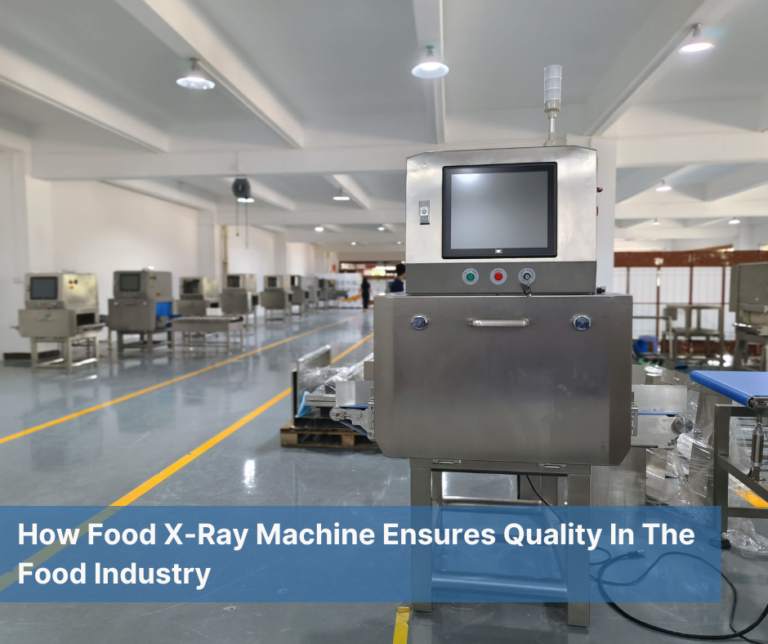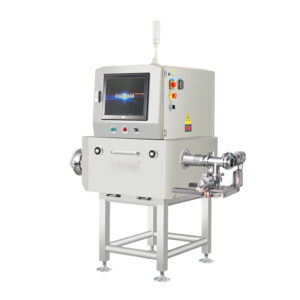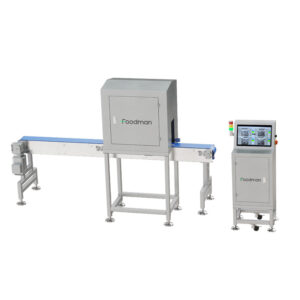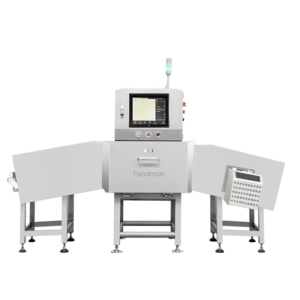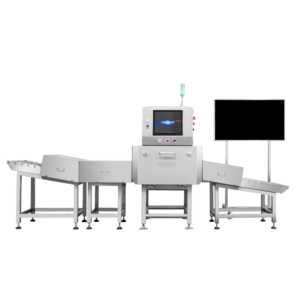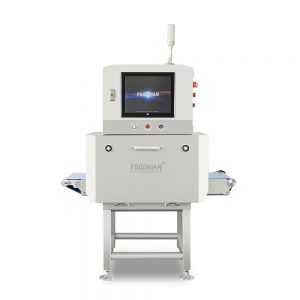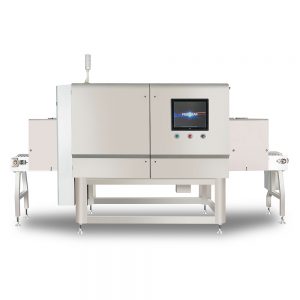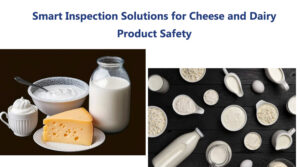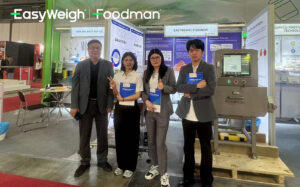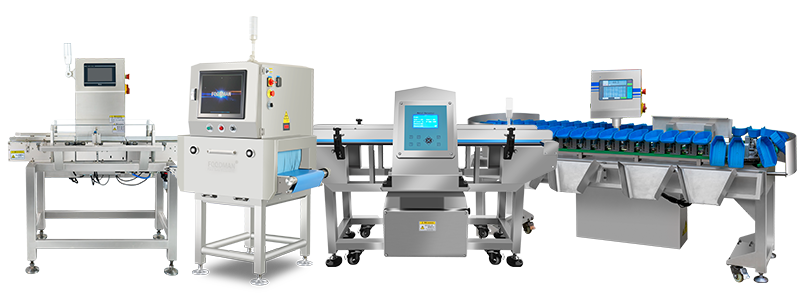Introduction
In today’s ever-evolving world, product quality is essential. Ensuring our food is free from contaminants and foreign objects is paramount to safeguarding public health. Technology has changed how we provide food safety. Food X-ray Inspection is an innovation in the food industry.
I. Understanding the Food X-ray Inspection System
A.The Importance of Food Safety
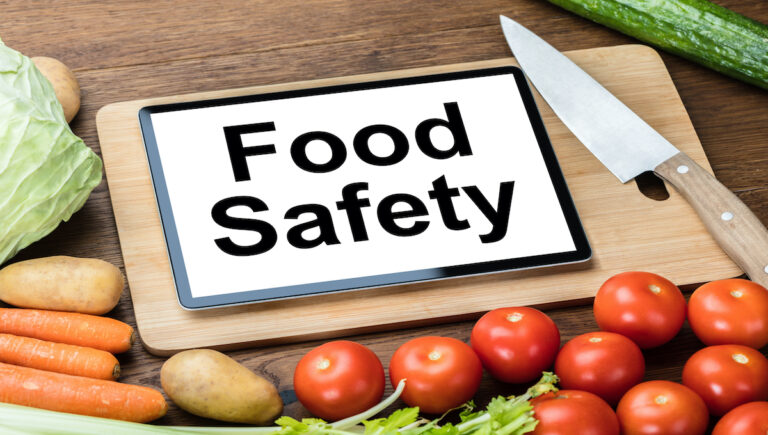
Food safety is a fundamental concern for both consumers and producers alike. Ensuring that the food supply chain is free from hazards is not only a moral responsibility but also a legal requirement. Contaminated food can lead to widespread health crises, product recalls, and brand reputation damage.
Technology has played a pivotal role in enhancing food safety practices. Technology helps reduce food production and distribution risks from the farm to the fork.
B.How X-ray Inspection System Works
Using high-energy X-rays to penetrate food products is the fundamental principle behind Food X-ray Inspection. When an object passes through X-rays, it absorbs them to varying degrees, depending on its density.
The X-ray inspection system takes pictures of the food. It shows what’s inside, making it possible to identify any contaminants or foreign materials that may be present in the food.
C. Types of X-ray Inspection System
In the food industry, there are various X-ray inspection systems available, each designed to meet specific needs. These systems differ depending on the type of product being inspected, such as unpackaged bulk products and packaged products X-ray inspection system. Furthermore, dual-beam and single-beam side scan food X-ray inspection systems exist.
Each type has its benefits, and people choose them based on the nature of the inspected product.
D. Key Advantages of Food X-ray Inspection Equipment
Food X-ray Inspection is a cutting-edge technology that has revolutionized how we monitor food safety. The X-ray Inspection system has many benefits. It allows for accurate detection without causing damage. Additionally, it can detect various foreign objects. These objects include metal, glass, plastic, and even bone pieces.
II.Regulatory Compliance and Food X-ray Inspection
A.Quality Assurance through Food X-ray Inspection
The main purpose of X-ray Inspection in food production is to identify foreign objects, especially metals such as iron, non-ferrous metals, and stainless steel, as well as non-metals such as bones, glass, ceramics, stones, sand, rigid plastic, and desiccants. These foreign objects could cause harm to consumers. The X-ray inspection system is commonly used to screen products like snacks, coffee, pharmaceuticals, etc. You can ensure product quality through X-ray inspection systems.
Contamination could occur during various stages of food production, from processing to packaging. Therefore, the X-ray inspection system plays a critical role in reducing health risks.

B. Introduction to HACCP Principles
The Hazard Analysis and Critical Control Points system (HACCP) is a widely accepted food safety framework that emphasizes the identification and management of potential hazards in the food production process.
C. How X-ray Inspection Aligns with HACCP
The X-ray Inspection system aligns seamlessly with HACCP principles by providing an additional layer of control and verification. It helps food producers meet the stringent requirements of HACCP and ensures compliance with food safety regulations.
Food safety regulations constantly evolve to keep pace with emerging risks and technologies. X-ray Inspection systems meet and exceed these regulations, making them an indispensable tool for regulatory compliance.
III . The Impact on Consumer Confidence
A. Building Trust in Food Brands
Our state-of-the-art X-ray Inspection Machine acts as your vigilant guardian, safeguarding your brand’s reputation by maintaining impeccable product quality, every single time. Strengthen your consumer relations effortlessly as our X-ray Inspection System reinforces your commitment to delivering safe and high-quality products, fostering lasting trust and loyalty.
B. Transparency and Consumer Perception
Transparency in food production is a growing consumer demand. Brands investing in advanced inspection technologies like X-ray food inspection demonstrate their commitment to transparency, positively influencing consumer perception.
C. Responding to Product Recalls
Product recalls can be costly and damaging to a brand’s reputation. X-ray inspection machine reduces recalls by stopping contaminated products, saving companies time and money.
IV. Safety and Radiation Concerns
A. Understanding X-ray Radiation
X-ray Inspection systems emit radiation, albeit at deficient levels. However, regulatory authorities strictly regulate these levels and ensure they are well below the harm threshold to operators and consumers.
B. Safety Measures and Regulations
Our cutting-edge X-ray Inspection System for packaged products ensures optimal safety, adhering to the highest industry standards. X-ray inspection system necessitates specialized training for operators, guaranteeing responsible and secure handling to prevent any potential risks. Easyweigh adhere to strict regulations and guidelines, prioritizing the well-being of all parties involved. Our system’s design aligns seamlessly with industry safety protocols.
V.Challenges and Limitations
A. Cost Considerations
X-ray inspection systems have many advantages, but their high initial cost can be a problem for some businesses. However, the long-term savings and risk reduction often justify the investment.
B. Overcoming Technical Challenges
In some cases, X-ray Inspection system may face challenges when inspecting certain types of packaging or highly dense products. However, ongoing advancements in technology continue to address these limitations.
VI. Conclusion
In conclusion, Food X-ray Inspection is a game-changer in the food industry. Detecting contaminants, following regulations, and building consumer trust make it a valuable asset for businesses focused on food safety. Embracing this technology is a step toward regulatory compliance and a leap toward safer and more reliable food.
FAQs
1. Q: What are the environmental considerations of X-ray Inspection?
A: Besides considering food safety, Easyweigh also considers environmental considerations when designing its X-ray Inspection systems. The equipment design is energy-efficient, minimizing energy consumption and reducing the company’s carbon footprint. Additionally, the systems produce minimal waste, further contributing to their eco-friendliness.
The technology prevents contaminated products from reaching consumers. It reduces the environmental impact of food recalls. It also contains the disposal of large quantities of products.
2. Q: What industries beyond food benefit from this technology?
A: While the food industry primarily associates with X-ray Inspection, other sectors also benefit. Industries like pharmaceuticals rely on it to ensure the quality and safety of their products. The aerospace industry uses X-ray food inspection to inspect critical components for defects.
The ability to inspect and detect foreign materials without causing harm is valuable in industries that prioritize product safety and quality. This ability is extremely valuable in many industries.
3. Q: Can X-ray Inspection detect all types of contaminants?
A: X-ray inspection machine is highly versatile and can detect various contaminants. It can identify common contaminants like metal, glass, and plastic and denser materials such as bone fragments. The technology can find different foreign objects, making it important for checking food quality and safety.

